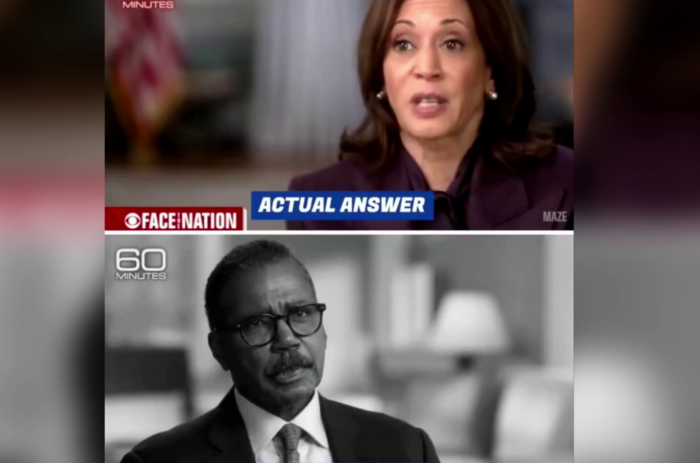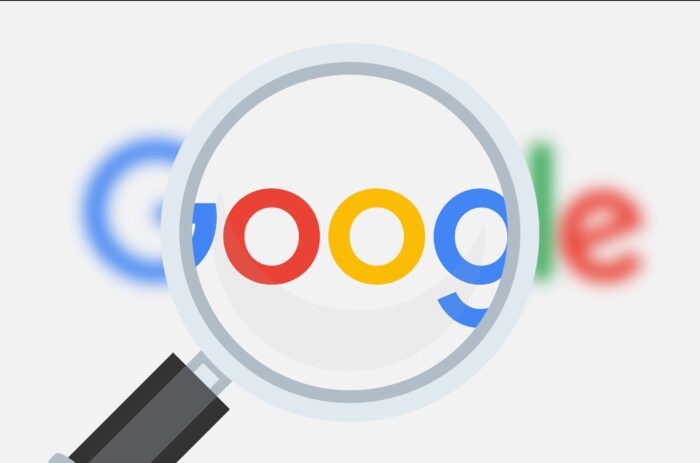redo Jump to...
print Print...
Directions
-Read the excerpt below from James Taranto's May 15 "Best of the Web" post at opinionjournal.com.
-Read "Types of Media Bias" in the right column. Then answer the questions.
Another great AP moment is this photo caption:
High gas prices are posted at a Shell gas station, right, with a Chevron gas station gas prices posted at left, in San Francisco, Thursday, May 10, 2007. With gasoline prices poised to break records at the pump, energy futures prices jumped Thursday as traders noticed a gas supply imbalance in the fine print of Wednesday’s government inventory report.
Gas at the Chevron station is $3.759 for intermediate grade and $3.879 for premium (regular is cropped out), but at the Shell station, shockingly, it’s over $4 a gallon: $4.339 for regular up to $4.539 for premium.
What the AP doesn’t note but the San Francisco Chronicle does is that the owner of the Shell station, Bob Oyster, raised his prices as a protest:
Putting the price way up over $4 a gallon isn’t about making a profit. It’s about making a statement to a multinational corporation. After Shell forced him to pay higher prices for gas in San Francisco and jacked up his rent, Oyster says, he decided to fight back.
“I got fed up,” Oyster admits. “It makes a statement, and I guess when people see that price they also see the Shell sign right next to it.”
In fact, far from making a huge profit, Oyster is going out of business. He has operated the Shell station at Sixth and Harrison for 22 years, but he’s walking away from it at the end of the month, handing over the keys to Shell officials and expecting them to shut it down.
Soon, no doubt, the AP will report that someone has done a poll finding that Americans think big oil companies are to blame for high gas prices.
Go to OpinionJournal.com for the original posting.
To accurately identify different types of bias, you should be aware of the issues of the day, and the liberal and conservative perspectives on each issue.
Types of Media Bias:Questions
1. Why do you think that the Associated Press (AP) chose not to clarify their caption by explaining the real reason for the $4/gallon price at the Shell station?
2. Do you think that the AP intended to mislead readers? Explain your answer.
3. Do you think this is an example of bias by OMISSION? Explain your answer.
Scroll down to the bottom of the page for the answers.
Answers
All three are opinion questions. Answers vary.



